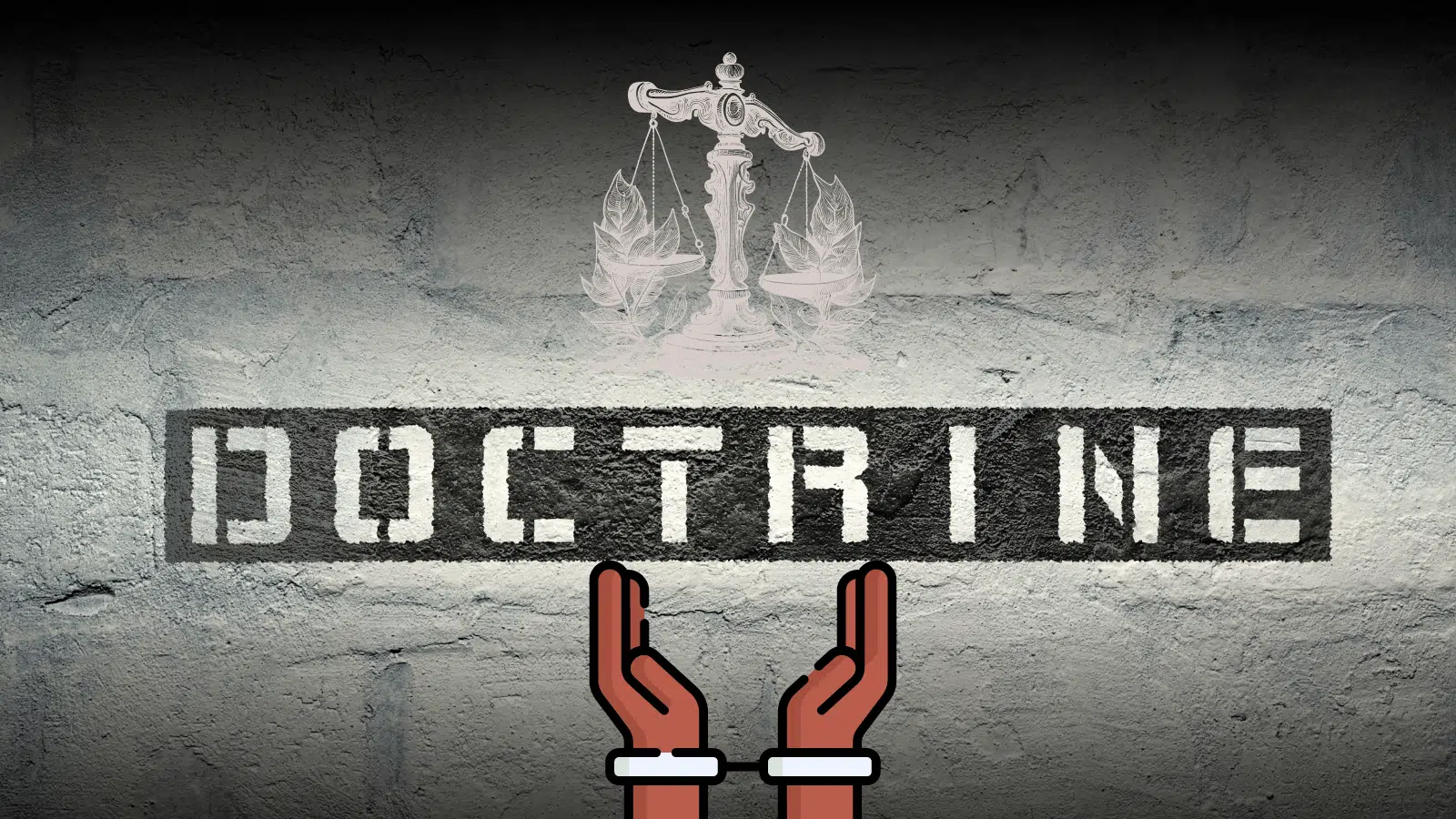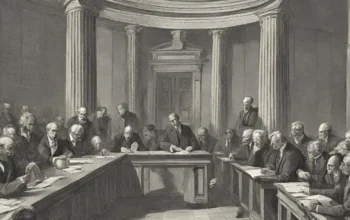Legal Literacy – Get a comprehensive guide to criminal offences. Learn about its elements, theoretical basis, and the difference between monistic and dualistic views in legal practice.
The elements of a criminal offence can be distinguished from two points of view, namely the theoretical view and the view of the law. Theoretical means based on the opinion of legal experts, which is reflected in the wording of the formulation. From the point of view of the law is how the fact of the criminal offence is formulated into certain criminal offences in the existing articles of legislation. In criminal law, there are two views on the elements of criminal acts, namely:
Doctrine of the Elements of Criminal Offences: Monistic View
The monistic view is a view that sees the conditions for the existence of punishment must include two things, namely nature and action. This view provides the principles of understanding, that the notion of criminal act/offence includes the prohibited act (criminal act) and criminal responsibility/guilt (criminal responbility).
According to D. Simons a criminal offence is : An unlawful act that has been committed intentionally or unintentionally by a person who can be held responsible for his actions and which the law has declared as a punishable act. With this limitation, according to Simons, for a criminal offence to exist, the following elements must be met:
- Human actions, both in the sense of positive actions (doing) and negative actions (not doing);
- Punishable;
- Against the law;
- Done with fault; and
- By a person capable of taking responsibility
Strafbaarfeit, which literally means a criminal event, is formulated by Simons who holds a monistic view as : “Behaviour (handeling) that is threatened with punishment, which is against the law, which can be related to guilt and which is committed by a person who is capable of being responsible.
Andi Zainal Abidin states that “the error referred to by Simons includes dolus (intentional) and culpalata (negligent) and comments as follows : Simons combines the elements of a criminal act, which includes the act and its unlawful nature, the act and criminal liability, and includes intent, negligence and negligence, and the ability to be held responsible. Monists do not strictly separate the elements of a criminal offence from the requirements for conviction. The condition of criminalisation is also included and becomes an element of punishment.
Dualistic View
In contrast to the monistic view, which sees all the requirements for punishment as inherent in criminal acts, the dualistic view separates criminal acts and criminal responsibility. According to the monistic view, both criminal act and criminal responsibility are included in the definition of criminal offence, while according to the dualistic view, criminal offence only includes criminal act, and criminal responsibility is not an element of criminal offence. Therefore, to declare an act as a criminal offence, it is sufficient to have an act formulated by the law that has an unlawful nature without any justification.
The limitations put forward on criminal offences by scholars who adhere to the dualistic view are as follows:
- According to Pompe, in positive law strafbaarfeit is nothing but “feit (action), which is punishable in the provisions of the law, so that the nature of lawlessness and guilt is not an absolute requirement for the existence of a criminal offence”. Therefore, for an act/criminal offence to occur, the following elements must be fulfilled:
- The existence of (human) action;
- Fulfilling the formulation in the law (this is a formal requirement, related to the applicability of Article 1 paragraph (1) of the Criminal Code;
- Unlawful (this is a material requirement, related to the following of the doctrine of material unlawfulness in its negative function).
- Moeljatno, who holds a dualistic view, translates strafbaarfeit with criminal act and describes it as follows: “Actions prohibited by a rule of law and which prohibitions are accompanied by threats (sanctions) in the form of certain punishments, for those who violate the prohibition”. Based on the definition/understanding of criminal act given above, the definition of criminal act does not include criminal responsibility. However, Moeljatno also emphasised that: For the existence of punishment, it is not enough just to have committed a criminal offence, without questioning whether the person who committed the act is capable of being responsible or not.
According to the dualistic view, the element of criminal offence is an element that affects the person, while the element of criminal responsibility is a condition for the punishment of a person who commits a crime.
According to M. Sudradjat Bassar, a criminal offence contains the following elements:
- Against the law
- Harm to society
- Prohibited by criminal law d. The perpetrator is punishable by a criminal offence.
Meanwhile, according to E.Y. Kanter and S.R. Sianturi, the criminal offence has five elements, namely:
- Subjec;
- Error;
- Unlawfulness of an act;
- An act prohibited or required by law and the offence of which is punishable; and
- Time, place, and circumstances (other objective elements.
The basic differences between the Monistic and Dualistic schools can be seen in the following table:
| Aspek | Monistis | Dualistis |
|---|---|---|
| Pandangan tentang hubungan antara perbuatan dan kesalahan | Melihat perbuatan dan kesalahan sebagai satu kesatuan yang tidak terpisahkan. | Melihat perbuatan dan kesalahan sebagai dua hal yang terpisah. |
| Unsur-unsur delik | Hanya fokus pada "onrechtmatige daad" (perbuatan melawan hukum). | Fokus pada "onrechtmatige daad" (perbuatan melawan hukum) dan "schuld" (kesalahan). |
| Teori tentang kesalahan | Menganut teori "eenschuld" (kesalahan tunggal). | Menganut teori "tweeschuld" (kesalahan ganda). |
| Pertanggungjawaban pidana | Seseorang dapat dipidana jika perbuatannya melawan hukum. | Seseorang dapat dipidana jika perbuatannya melawan hukum dan ia memiliki kesalahan. |
| Contoh | Seseorang mencuri karena lapar. | Seseorang mencuri karena ingin kaya. |







